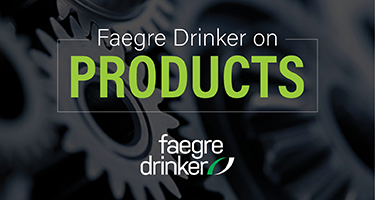Picture a deposition of a plaintiff’s treating physician. Early in the deposition, defense counsel asks the usual questions about the physician’s communications with the plaintiff’s counsel. But the plaintiff’s counsel, claiming that the physician is a non-retained expert whom the plaintiff’s counsel represents in connection with the action, objects on the basis of privilege and instructs the physician not to answer. That can’t be right, but exactly why not? And if such communications are discoverable, then why wouldn’t communications between defense counsel and a corporate defendant’s employee who is designated as a non-retained expert be discoverable as well? A recent order from the Southern District of New York offers clarity.
In Ayotte v. National Basketball Association, 2024 WL 3409027 (S.D.N.Y. Jul. 15, 2024), the plaintiffs designated a treating psychologist as a non-retained expert and claimed he was represented in connection with the action by the plaintiffs’ counsel. Thus, when the defendant sought to discover communications between the plaintiffs’ counsel and the treating psychologist, the plaintiffs argued they were privileged.

